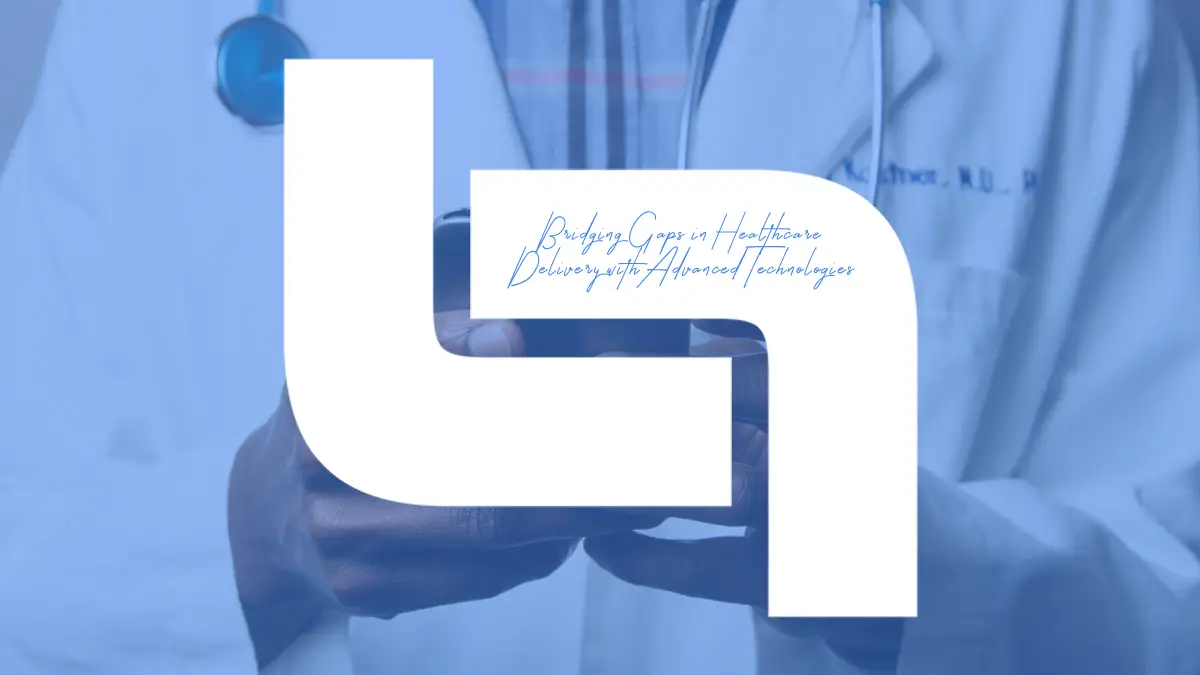Healthcare is undergoing a profound transformation thanks to rapid advancements in technology. These advancements vary from improved telemedicine programs for remote visits to the many different types of wearable health devices.
The integration of innovative solutions into healthcare delivery systems has become paramount in bridging gaps, improving accessibility, enhancing quality of care, and revolutionizing patient outcomes. This is why the role of healthcare software development companies is so integral to the future of positive medical outcomes for our global society.
These advancements are reshaping traditional healthcare paradigms, offering promising avenues for more efficient, personalized, and accessible services.

Challenges and Opportunities in Modern Healthcare Delivery
The biggest challenge when it comes to delivering positive healthcare outcomes to people across the globe is accessibility.
Healthcare disparities persist worldwide, creating rifts in access, affordability, and quality of care. Factors such as geographical limitations, socioeconomic disparities, and infrastructural inadequacies contribute significantly to these disparities.
Rural areas often face the biggest challenges, with severely limited access to healthcare facilities within a short drive. Those in urban or suburban areas with healthcare facilities close-by can face trouble with accessing care due to limited financial resources. Perhaps one of the largest challenges is the ongoing burden of chronic disease and the increasing aging population, which intensifies the strain on healthcare systems.
Each of these challenges creates an opportunity. Utilizing technology makes it possible to reach more people without needing to build more medical infrastructure. This creates a cost-effective means of bringing care to those who need it the most.
Wearable Healthcare Tech: Understanding its Role in Patient Monitoring and Engagement
Wearable healthcare technology has transformed the landscape of patient monitoring, offering a new dimension of engagement and empowerment to people of all ages, regardless of medical history.
These devices include fitness trackers, smartwatches, and other health monitoring gadgets that support everything from posture and back pain to hydration and blood sugar levels. Smart watches can even remind you to stand after long periods of sitting, or make sure that you are spending 20 full seconds washing your hands to kill germs.
These health monitoring devices have become central in providing individuals with real-time insights into their well-being. With trackable data pertaining to sleep patterns, activity levels, dietary habits and more, these devices are able to help people learn more about their health habits while also providing the healthcare community with necessary data to promote positive health outcomes.
The role of wearable healthcare devices extended beyond passive monitoring. Maintaining positive health no longer means visiting your physician for an annual physical, but instead connecting to a device and checking in with your healthcare goals daily to ensure you are keeping up with your steps or drinking enough water.
Physicians who work with these monitoring devices provide an avenue for their patients self-monitor their healthcare needs. These devices promote preventative care, thereby reducing the number of hospitalizations or procedures necessary. This is especially important in areas where people have less access to office time with a physician.
The Rise of Advanced Technologies
The internet of things (IoT) and artificial intelligence (ai) have transformed access to healthcare, revolutionizing how healthcare services are delivered and how easily they can be accessed.
IoT devices include items like wearable sensors and other connected medical devices that enable remote patient monitoring by the physician. These devices continuously collect real-time health data and transmit it to healthcare providers. This allows for proactive management of chronic conditions, early detection of health issues, and timely interventions–regardless of the patient’s location.
AI algorithms analyze the influx of data that IoT devices collect, in partnership with wearable tech. Then, ai can determine actionable insight for healthcare professionals, resulting in personalized care plans and improved patient outcomes.
AI and IoT contribute to public health initiatives by analyzing large datasets from interconnected devices. Predictive analytics help in identifying disease outbreaks, monitoring population health trends, and allocating resources effectively. Ai models can actually predict the spread of infectious diseases based on various parameters, allowing authorities to take proactive measures to contain outbreaks and protect communities.
The Impact of Wearable Medical Devices on Patient Care
Wearable technology is playing a huge role in closing the healthcare delivery gap. Thanks to the expanding reach of the internet and the many quick, cost-effective, and reliable methods of communication that stretch to just about every community world-wide, monitoring devices allow physicians to work with patients wherever they are.
Remote patient monitoring is one of the biggest benefits that is closing the gap when it comes to the delivery of quality healthcare.
By continuously collecting real-time information data and transmitting it to medical centers, these devices allow for physicians to offer proactive management of chronic conditions, to more readily detect health issues early on, and to offer timely interventions that would have otherwise resulted in the need for expensive and difficult to reach medical treatments.
What’s even more impressive is that these devices facilitate seamless communication between patients and healthcare professionals. The data these smart-devices collect can be shared directly with a physicians’ office. This is real-time personalized data that is making it to the physician, which can foster more personalized care.

The Takeaway: How Healthcare Devices are Closing the Biggest Gaps in Healthcare
The growth of medical technologies, including wearable devices, IoT monitors, and ai programs, has widened access to healthcare services and improved how efficiently healthcare can be delivered to those in need.
These advancements have enabled protective care, enhanced preventative care, and offered an astounding increase in the way that treatments can be personalized to each individual. All of this combined has contributed to improved health outcomes for not just individuals, but for communities around the world.

